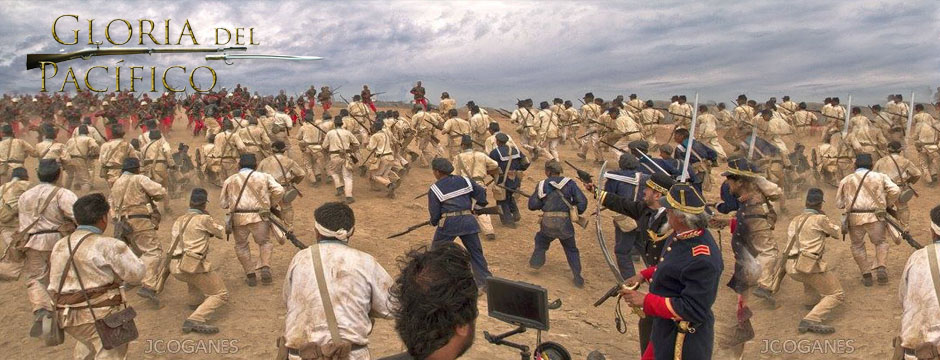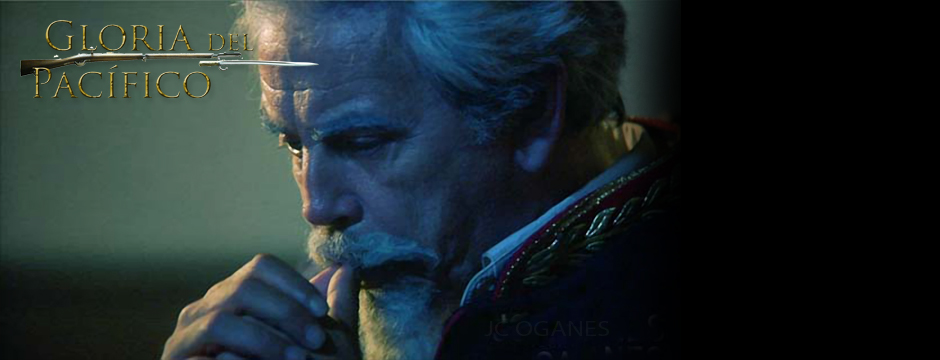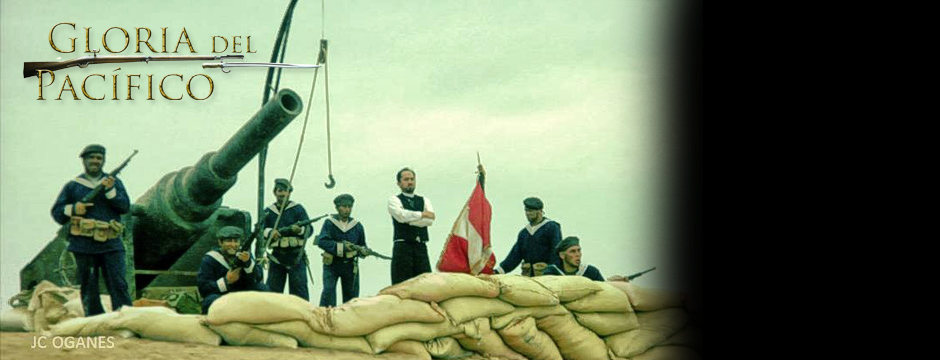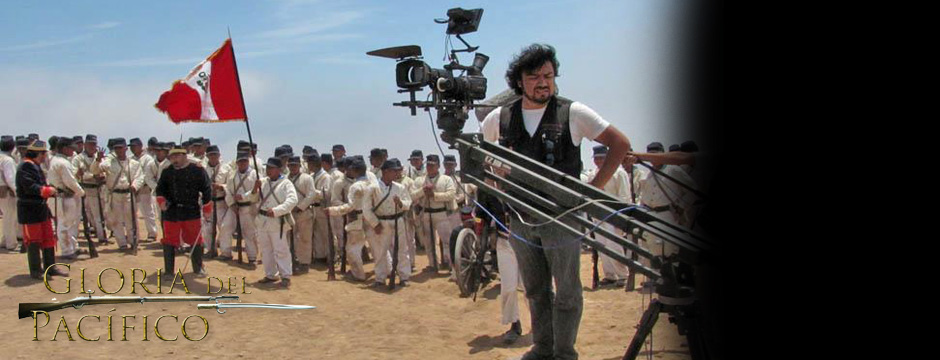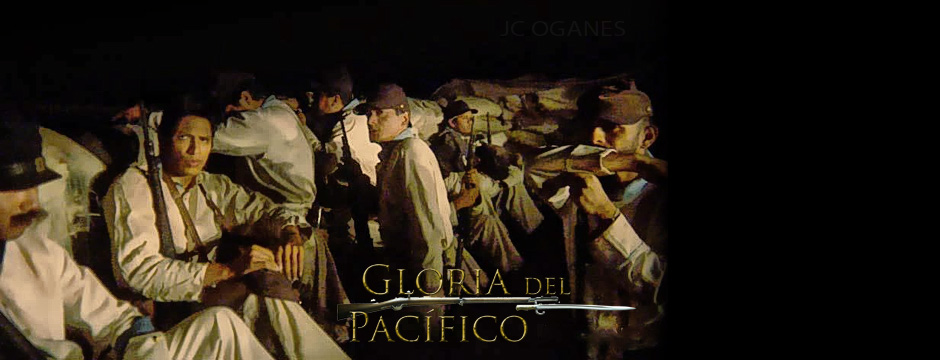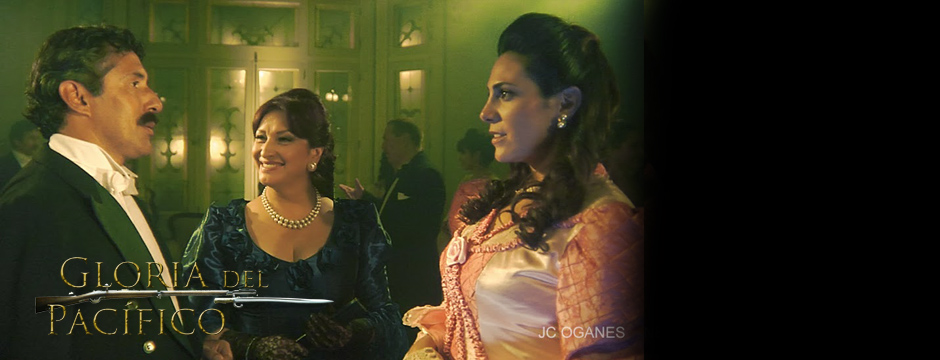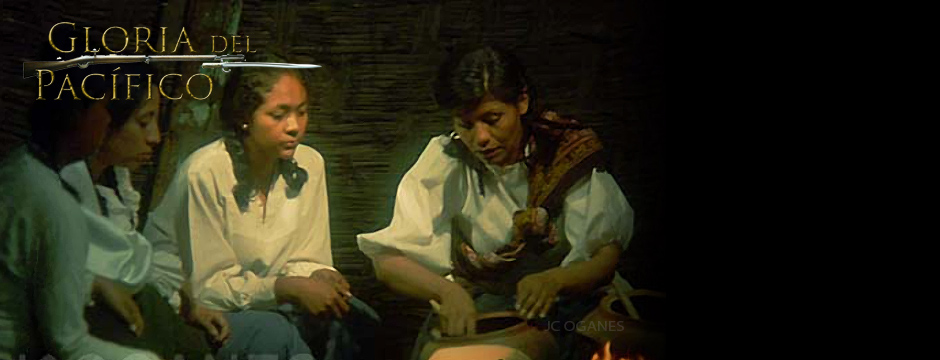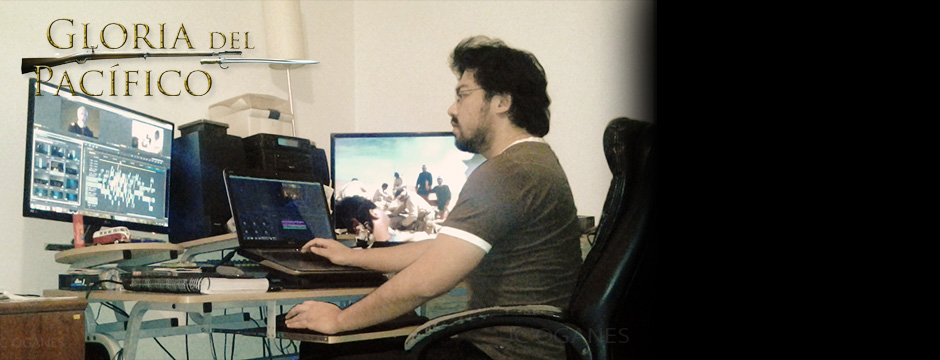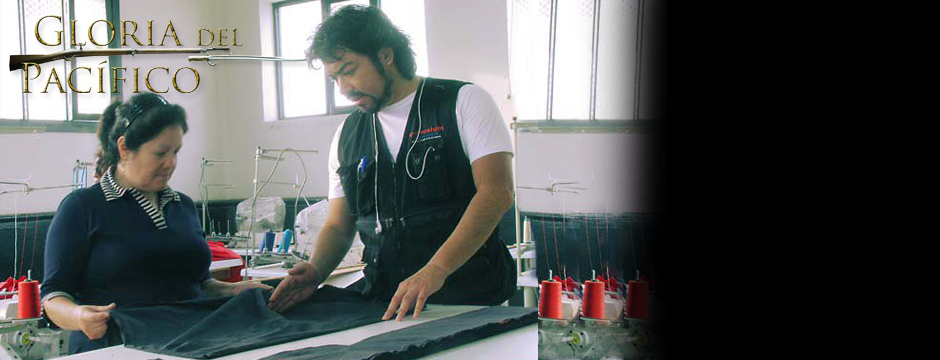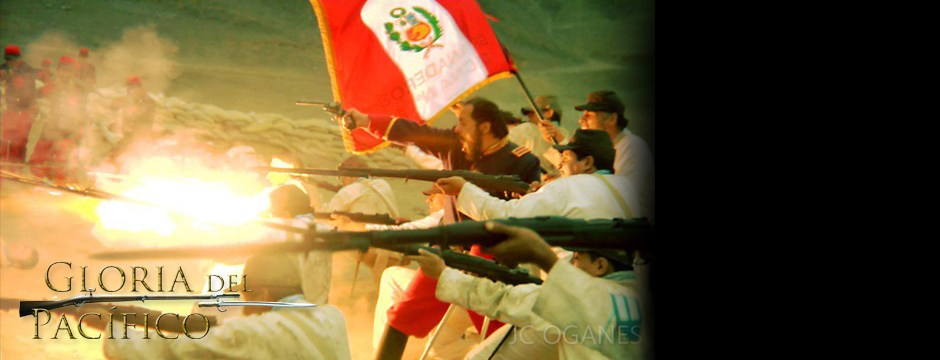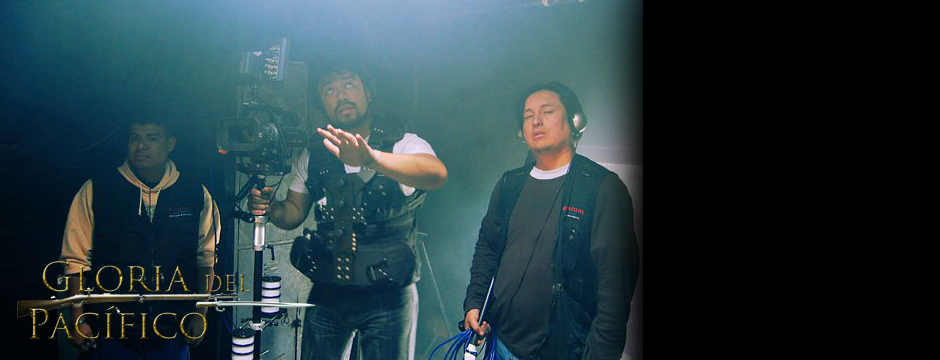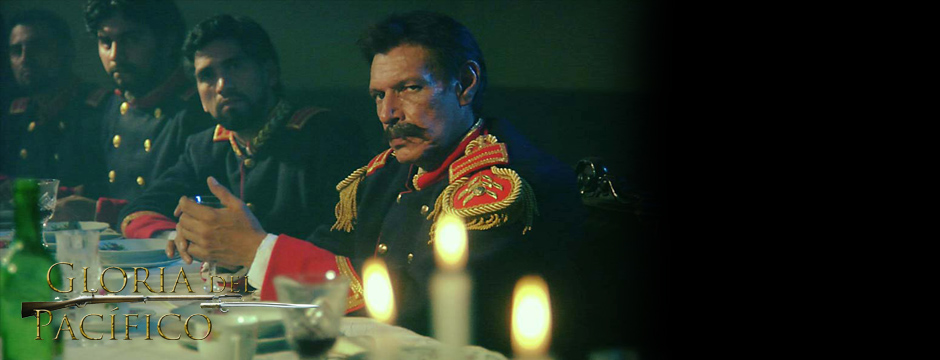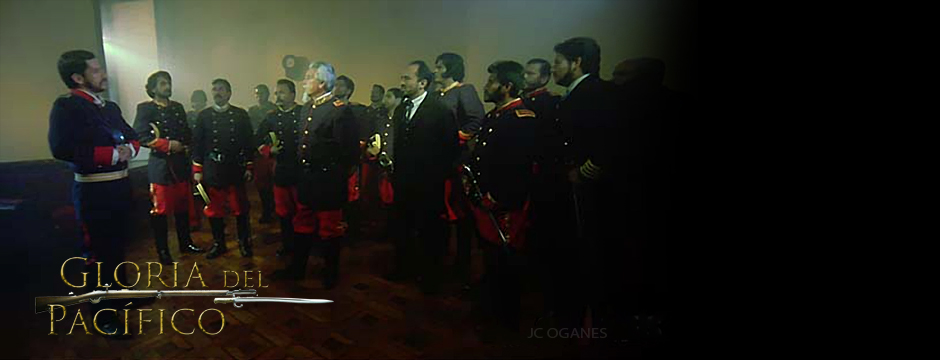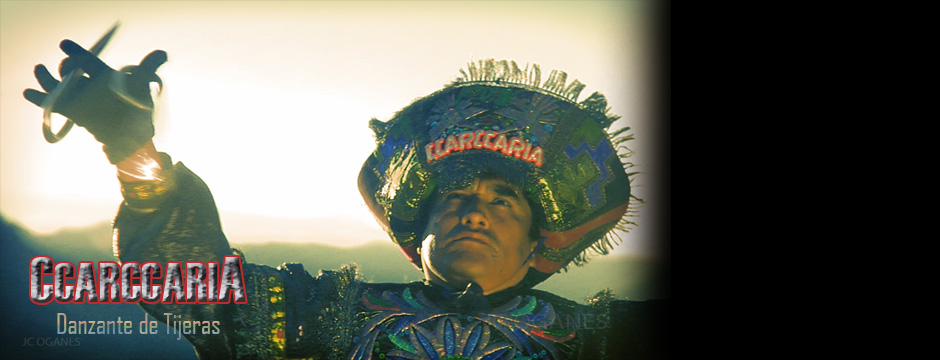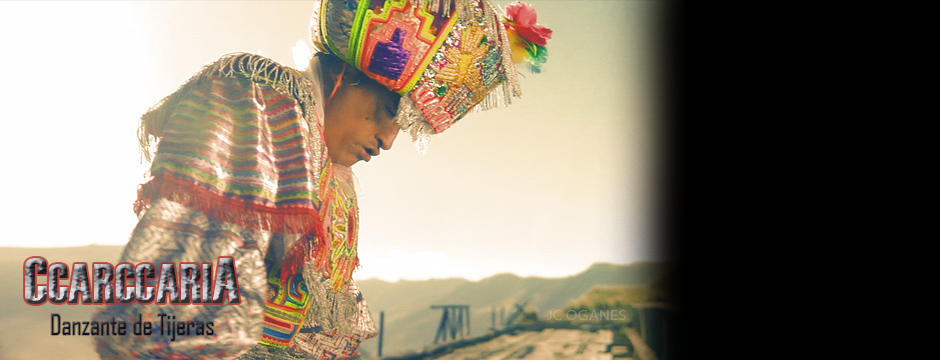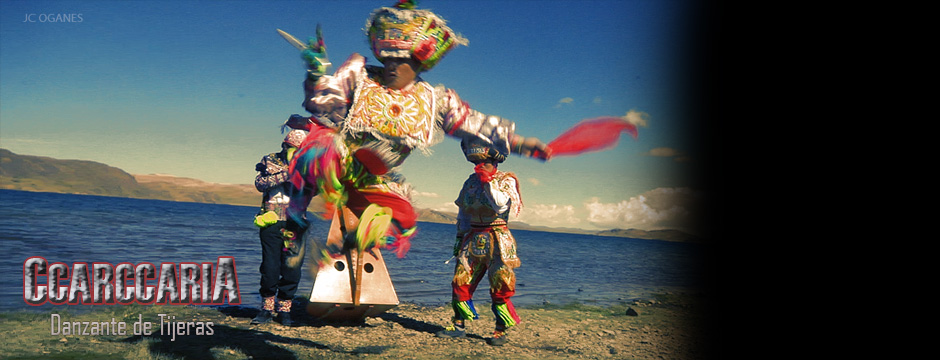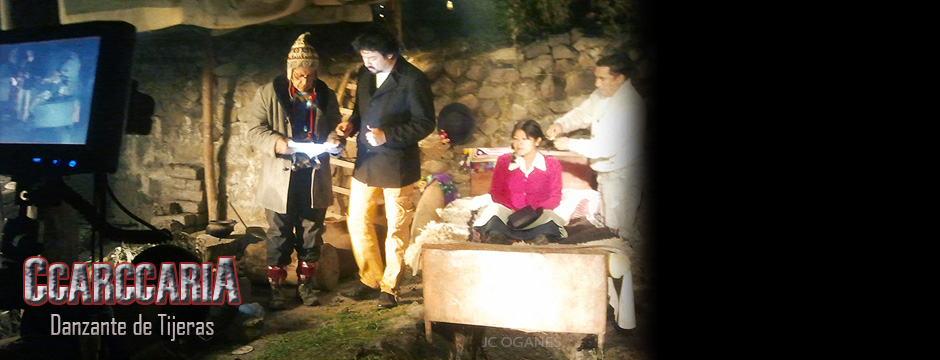
One that called my attention a lot was the Parque Universitario (University Park). Back then in the late 70's, it used to be full of street beggars, improvised street commerce, pickpockets, and senior men sitting around concrete chess tables playing for hours and the usual onlookers surrounding them.
It was the end of the military government and the city was getting back on track with thing abolished by Velasco.
Next to the park was this beautiful, old but interesting building that was the original site of the San Marcos University (hence the name of the park) called La Casona de San Marcos.

I saw in awe all the old structures and building of what Lima used to be centuries ago and that shouted in a muted cry how ancient and valuable our peruvian history is.
Years later, back in 2007, I visited the park and building again. It was under reconstruction and refurbishing. Some of the places were not open to the public so I had to wait.
What I like so much about the Casona is that it keeps its looks and feel of the older times. The peruvian republican times of the 1800's. The colors used are the same that were used in the late 18'th century and early 19th. The decoration, the wood structure, etc. It all blends perfectly and lends itself to be the perfect location I was looking for the interior shots of the Prefectura where Bolognesi was sending the letters to from Arica asking for help and support.
One room inside will also be the interior of the Bolognesi headquarters in Arica that is known as the Casa de la Respuesta.
I already talked with the Director of the Casona and he is very excited about my film and ready to offer help in whatever I need.

Things can't be more appealing to me now.
Seems like all the stars are aligning in my favor.
But still....need more uniforms and budget for that.
Only got 150 promised and still lacking 200 more.
 One that called my attention a lot was the Parque Universitario (University Park). Back then in the late 70's, it used to be full of street beggars, improvised street commerce, pickpockets, and senior men sitting around concrete chess tables playing for hours and the usual onlookers surrounding them.
One that called my attention a lot was the Parque Universitario (University Park). Back then in the late 70's, it used to be full of street beggars, improvised street commerce, pickpockets, and senior men sitting around concrete chess tables playing for hours and the usual onlookers surrounding them. I saw in awe all the old structures and building of what Lima used to be centuries ago and that shouted in a muted cry how ancient and valuable our peruvian history is.
I saw in awe all the old structures and building of what Lima used to be centuries ago and that shouted in a muted cry how ancient and valuable our peruvian history is. 

 Now in 2009 it's all done and the park looks so beautiful and cleaner. No filthiness and pickpockets anymore. More appealing to the public and tourists.
Now in 2009 it's all done and the park looks so beautiful and cleaner. No filthiness and pickpockets anymore. More appealing to the public and tourists. Things can't be more appealing to me now.
Things can't be more appealing to me now.